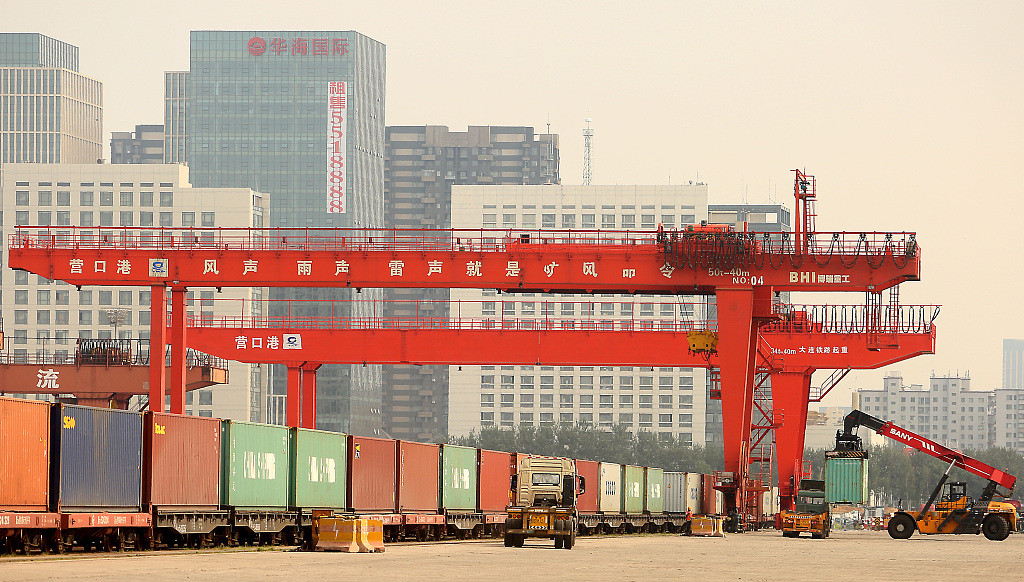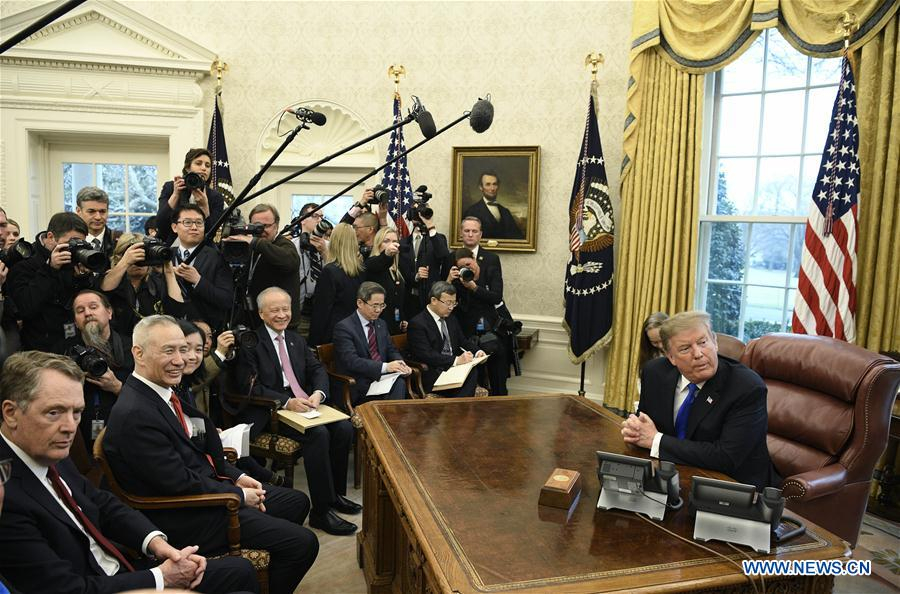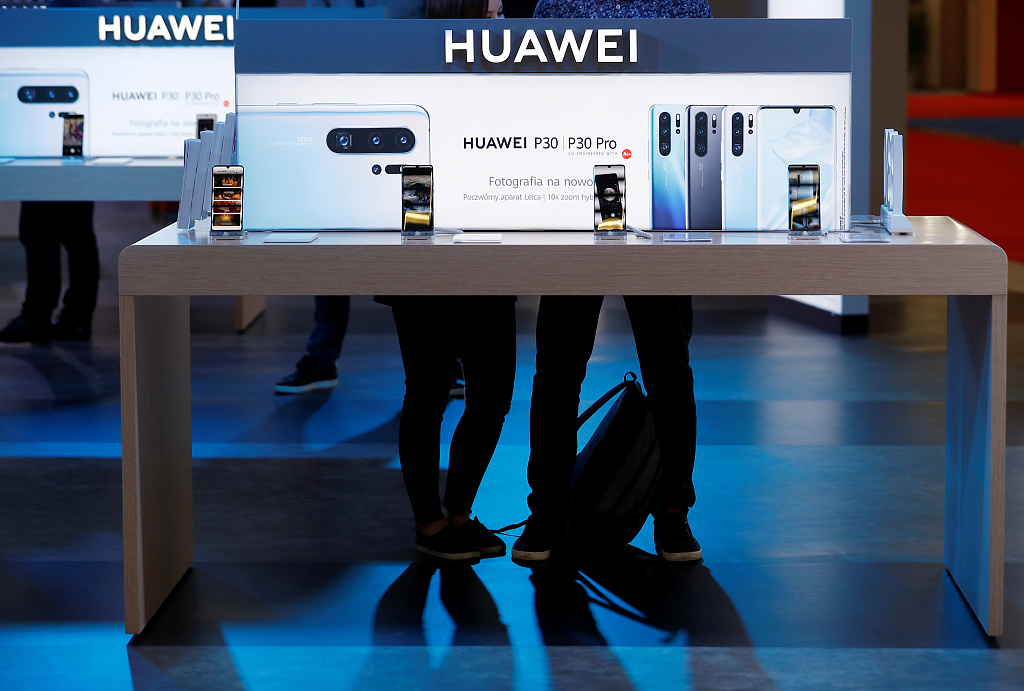

Editor's note: Tom Fowdy is a British political and international relations analyst and a graduate of Durham and Oxford universities. He writes on topics pertaining to China, the DPRK, Britain and the U.S. The article reflects the author's opinion and not necessarily the views of CGTN.
This week U.S.-China trade consultations are in the process of resuming following a breakthrough at the G20 summit between U.S. President Donald Trump and Chinese President Xi Jinping, with a telephone conversation taking place between Chinese Vice Premier Liu He and U.S. Trade Representative Robert Lighthizer and Treasury Secretary Steven Mnuchin. The exchange was described by White House National Economic Council Director Larry Kudlow as "constructive" with the view to proceeding to a "face-to-face" meeting afterwards.
Whilst the overall sentiment remains positive and non-confrontational, nevertheless some key differences remain in wrapping up the final segment of talks. In a series of interviews, Kudlow stated that the U.S. were looking for "quality, not speed" in trade talks and put "no timeline" on the outcome. Nevertheless, he also hoped that China would not seek to "wait out" the Trump administration.
The question is what now? And what should we expect from trade talks? Picking up from the collapse of talks in May, negotiations remain clearly in the "final hurdle" between the two countries, with most proposals already agreed with a few sticking points which the two sides have struggled to find common ground on. America is continuing to signal that they are serious about getting everything they want.

U.S. President Donald Trump (1st R) meets with Chinese Vice Premier Liu He (2nd L, front) at the Oval Office of the White House in Washington, D.C., U.S., February 22, 2019. /Xinhua Photo
However, China is continuing to message that whilst it will negotiate, it will not be bullied into a one sided "capitulation" scenario by Washington. This means that whilst both leaders have the incentive to pursue a deal, it will be a sticky and non-straight forward process.
For the time being, the G20 summit outcome has produced a new stability wherein the risks of escalation in the trade war are low, allowing dialogue between the two countries to be facilitated in a non-contentious way. With both sides making mutual concessions (The ban on Huawei being relaxed in exchange for purchases of agricultural products), no timelines being set and the threat of further tariffs being revoked, there is finally a working environment for the "endgame" of dialogue to be pursued. Trump was now serious about finalizing a deal.
But the question remains, what form should that deal take? American officials have frequently cited that such an agreement was already "90 percent" complete by May, only for Trump to accuse China of backtracking on its commitments and further escalating tariffs. Ultimately, it is the remaining "10 percent" which is proving to be the sticking point between the two giants, elements of which the Chinese consider to be a total capitulation to American interests, than a fair deal.
Such issues have included: America's insistence to uphold tariffs even if such a deal is reached; demands for the purchase of American goods which exceeds local consumer demand in China; disrespect for Chinese sovereignty through the demand that all U.S. demands be codified into local law; a "unilateral enforcement mechanism" which gives Washington the right to slap tariffs back on Beijing if it feels certain requirements are not being met, which of course is very one-sided.

The Huawei logo is pictured on the company's stand during the "Electronics Show - International Trade Fair for Consumer Electronics" at Ptak Warsaw Expo in Nadarzyn, Poland, May 10, 2019. /VCG Photo
On this note, whilst China has kept an open door to negotiating, officials have carefully emphasized that capitulation or desperation for a deal cannot be a way forwards, a deal cannot be done for a deal's sake and it must respect the country's interests. As China's foreign ministry spokesman Geng Shuang noted recently "As for the talk that China wants to reach a deal more than the U.S., I certainly have no idea where this talk comes from," – This matches up from rhetoric from American officials who are also quite serious about their position, hence Kudlow's comments.
This means that whilst a deal is in the best interests of both sides to reach, moving past this, the final hurdle is going to take some flexibility. It is up to Washington, as the one making the demands, however to break that deadlock. If they are serious about these trade talks and for that matter if Trump desires to wrap up something he can claim as a "victory" for himself before the 2020 election, then he needs to be more pragmatic towards Beijing and avoid giving the impression that this is about "bullying" China.
With the post-G20 climate being the most favorable plateau to pursue a trade deal yet, this opportunity cannot be dragged out nor squandered. As future talks loom, there are big choices coming ahead. The only realistic deal is a fair, reciprocal and one based on good-will.
(If you want to contribute and have specific expertise, please contact us at opinions@cgtn.com.)

Copyright © 2018 CGTN. Beijing ICP prepared NO.16065310-3
Copyright © 2018 CGTN. Beijing ICP prepared NO.16065310-3